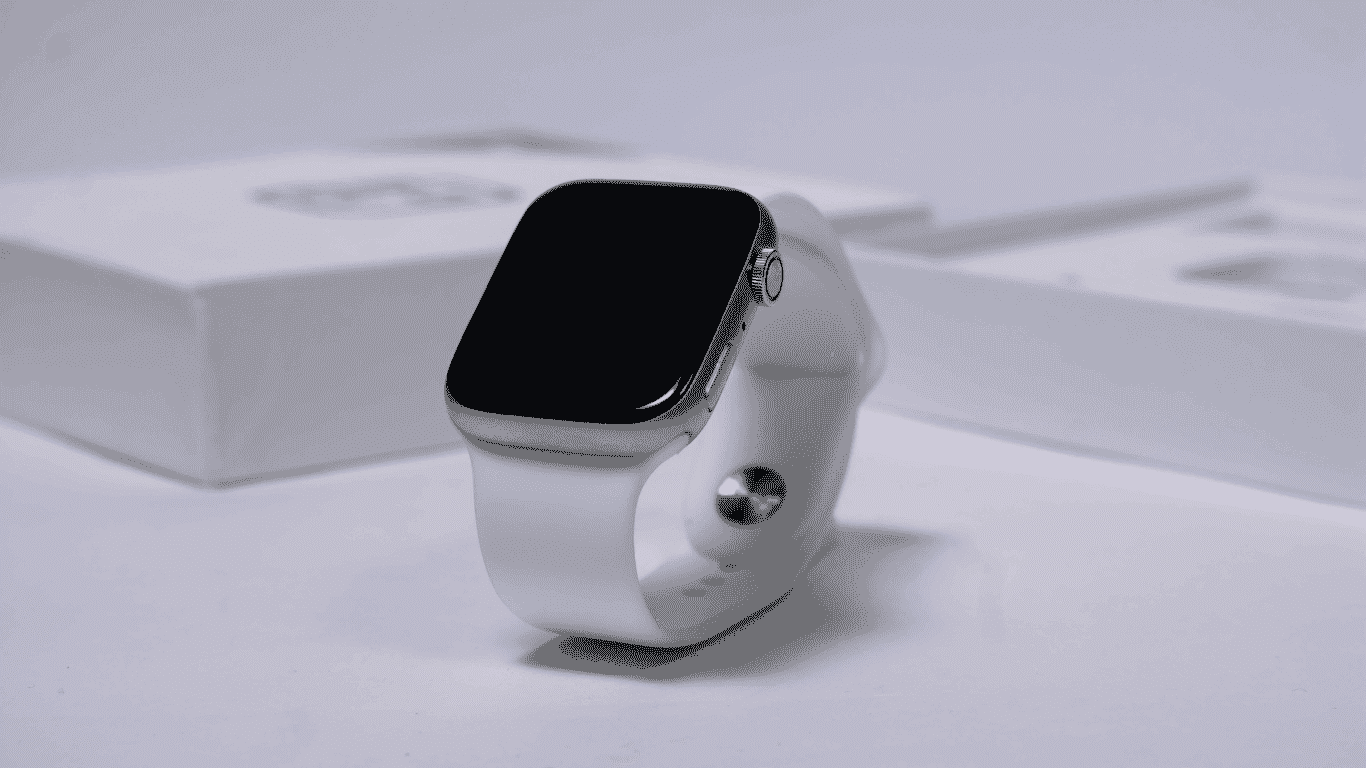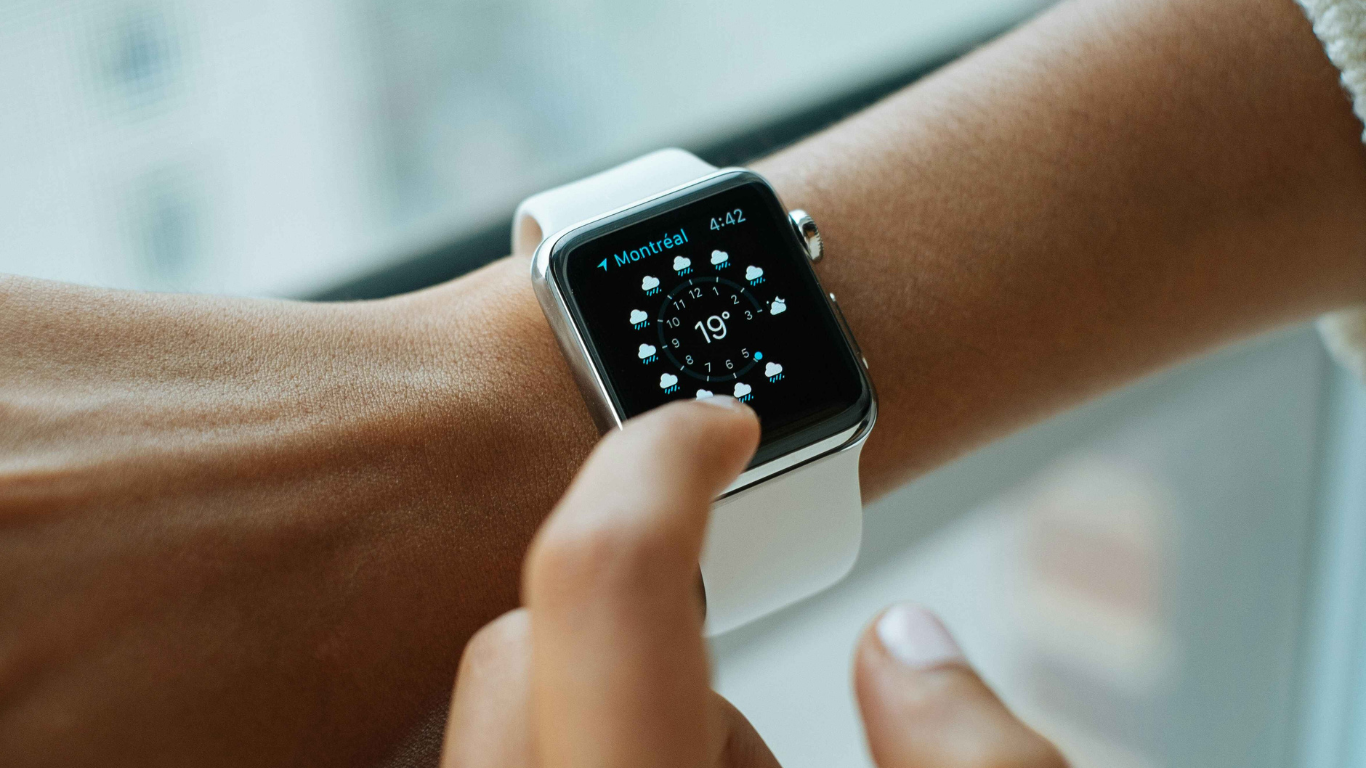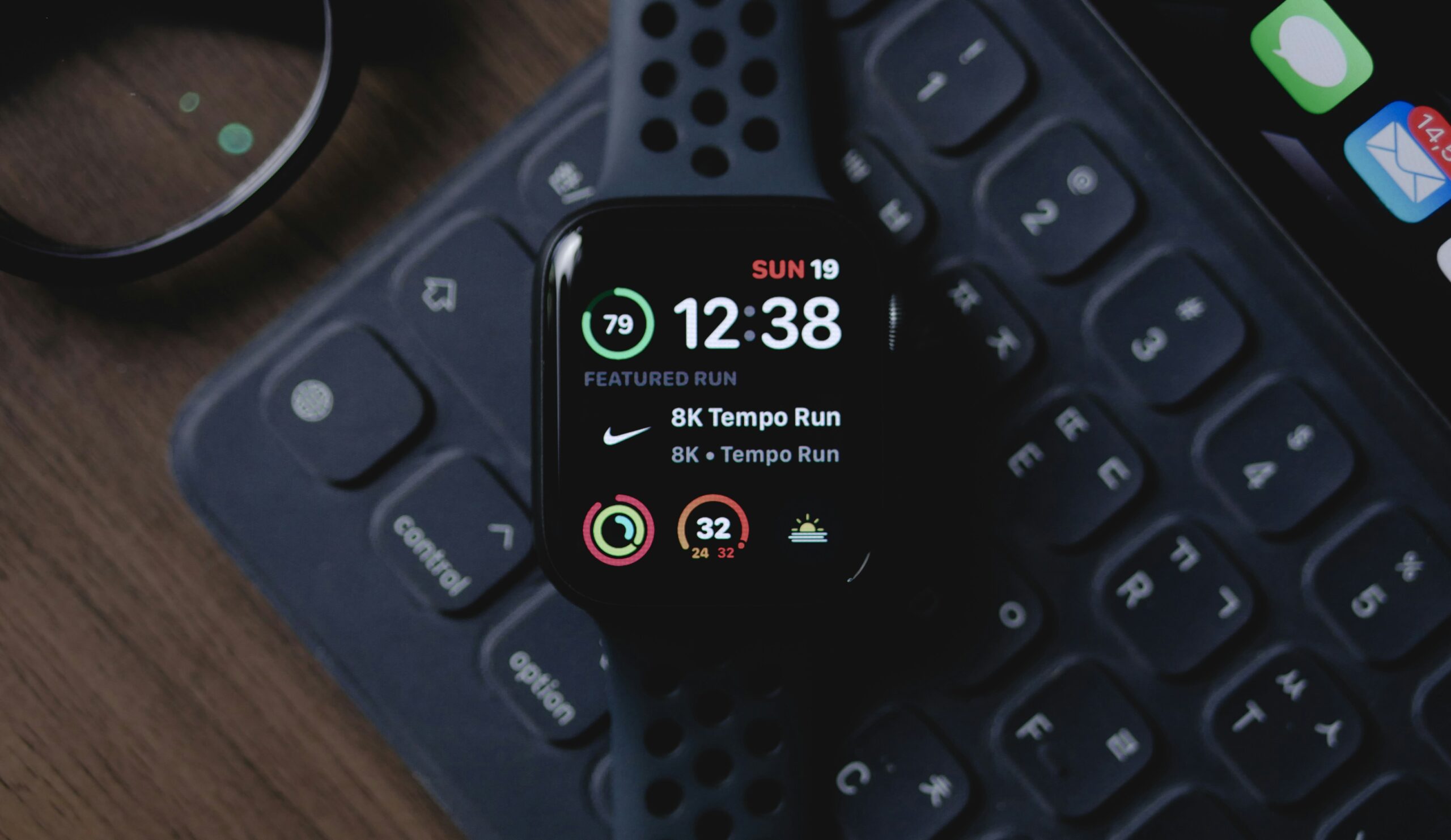Since its inception, the Apple Watch has been at the forefront of wearable technology, continually pushing boundaries and redefining what a smartwatch can do. One of its most significant contributions has been in the realm of health monitoring. Over the years, the Apple Watch has evolved from a simple activity tracker to a sophisticated health companion, capable of monitoring a wide range of vital signs and providing actionable insights into users’ well-being.
The journey of health monitoring on the Apple Watch began modestly with the introduction of the first-generation device in 2015. Equipped with a heart rate sensor, the original Apple Watch allowed users to track their pulse during workouts and throughout the day. While basic compared to later iterations, this feature laid the foundation for the device’s future as a health and wellness tool.
With each subsequent generation, the Apple Watch expanded its health monitoring capabilities. In 2018, the Apple Watch Pro introduced the revolutionary electrocardiogram (ECG) feature, enabling users to take a medical-grade ECG right from their wrist. This breakthrough innovation marked a significant milestone in wearable health technology, empowering users to monitor their heart health with unprecedented accuracy and convenience.
Building upon this foundation, the Apple Watch Ultra continued to evolve as a comprehensive health monitoring device. The Apple Fitness Watch introduced the always-on display, allowing users to glance at their health metrics without needing to raise their wrist. This subtle yet impactful enhancement further enhanced the device’s usability and accessibility, making it even more seamless to track vital signs throughout the day.
In 2020, amid the global COVID-19 pandemic, the Apple Watch took on a new role as a vital tool for public health. With the introduction of features like handwashing detection and sleep tracking, the device adapted to meet the evolving needs of users amidst unprecedented circumstances. Additionally, the Apple Watch Starlight introduced blood oxygen monitoring, providing users with valuable insights into their respiratory health and overall well-being.
Looking ahead, the future of health monitoring on the Apple Watch holds even greater promise. Rumors abound regarding potential features such as blood glucose monitoring and temperature sensing, which could further expand the device’s capabilities and utility in managing chronic conditions and promoting preventive healthcare.
In conclusion, the evolution of health monitoring on the Apple Watch exemplifies the device’s transformative impact on the wearable technology landscape. From humble beginnings as a simple fitness tracker to a sophisticated health companion capable of monitoring a wide range of vital signs, the Apple Watch continues to push boundaries and empower users to take control of their health and well-being like never before.









Leave A Comment